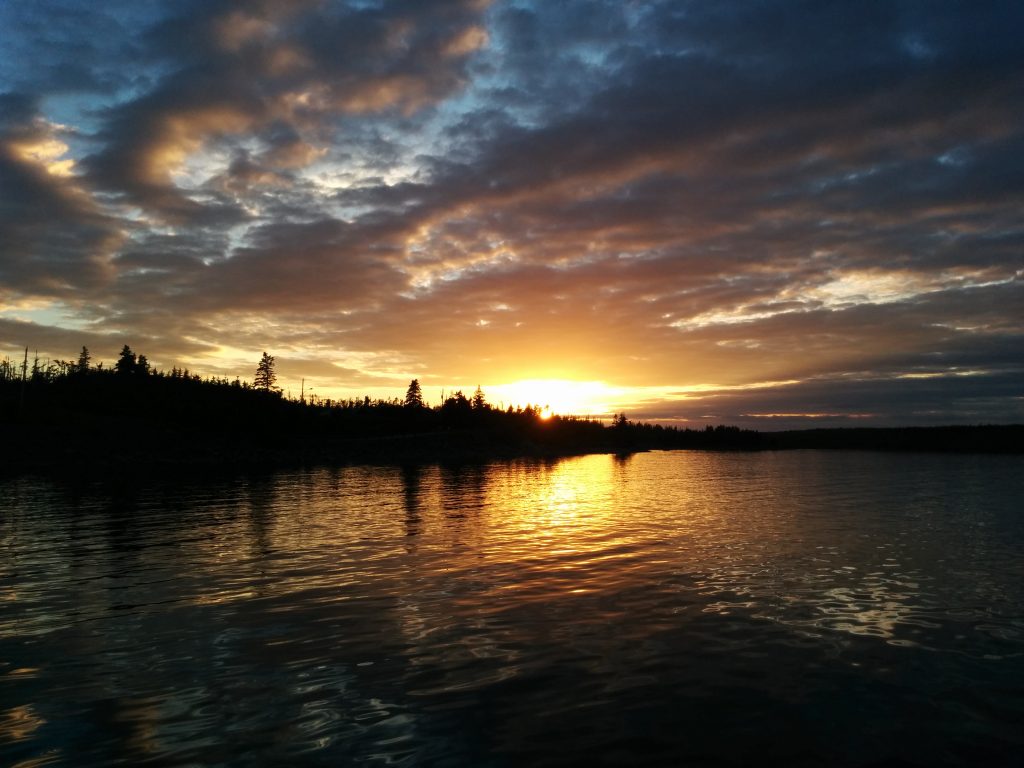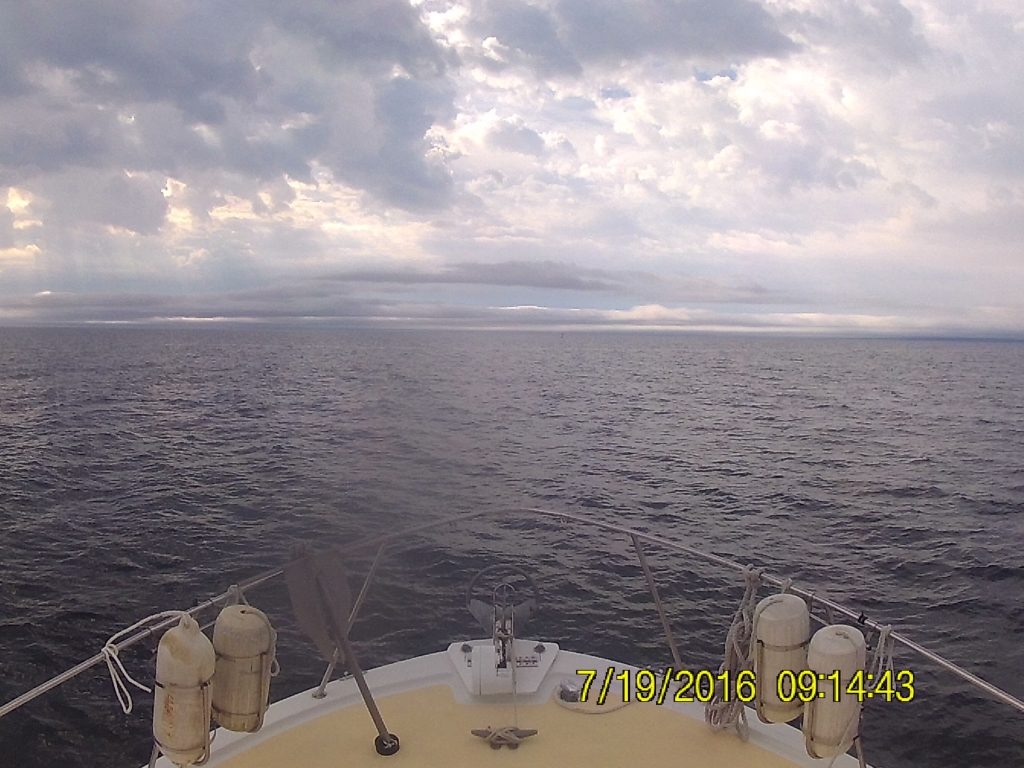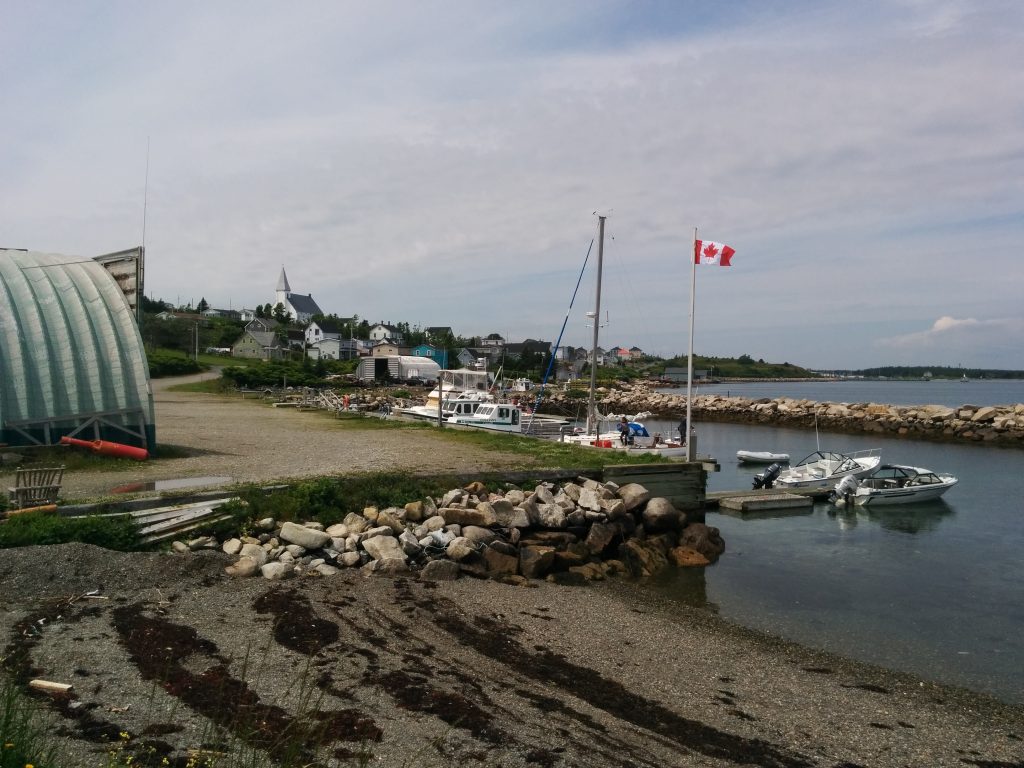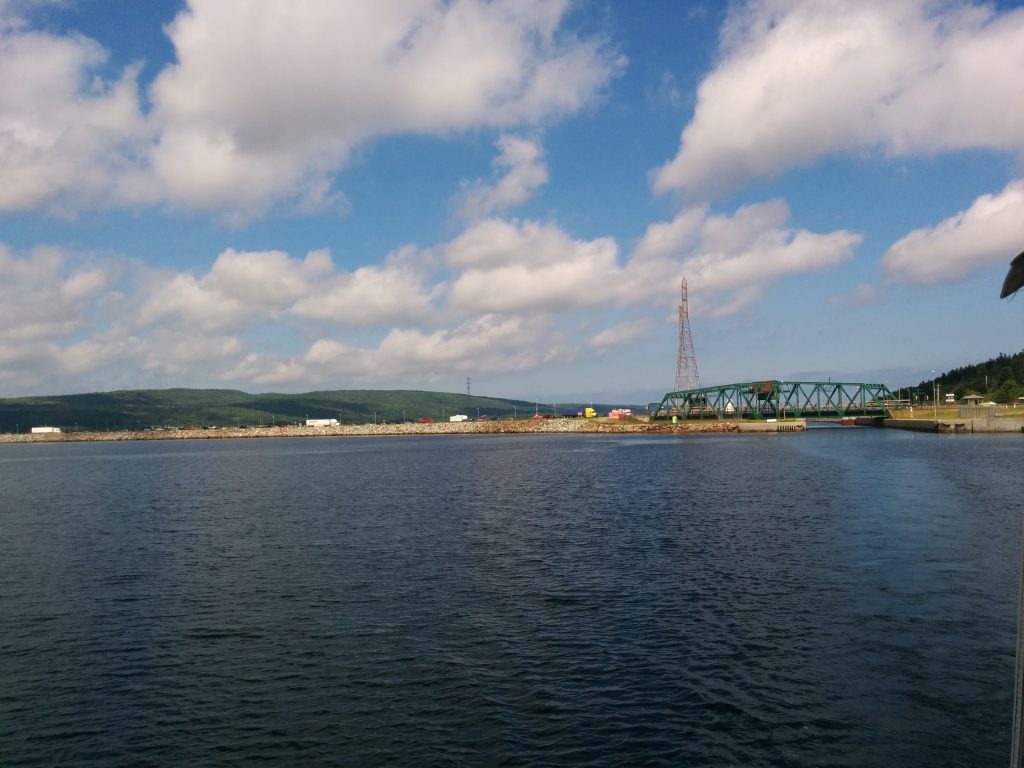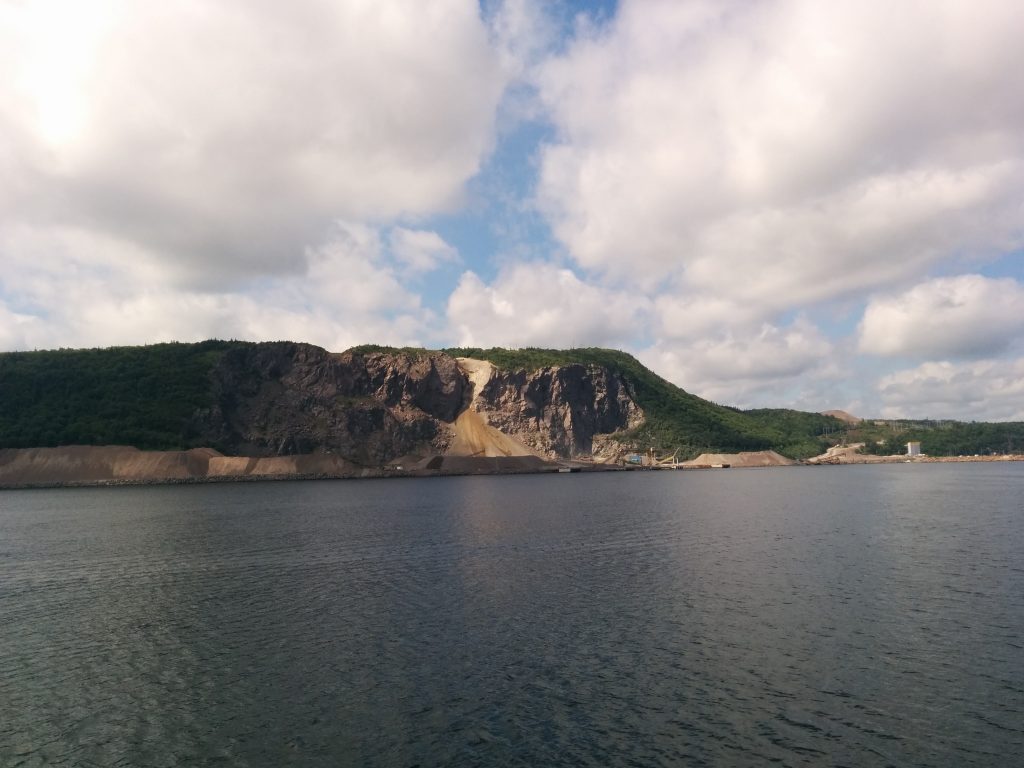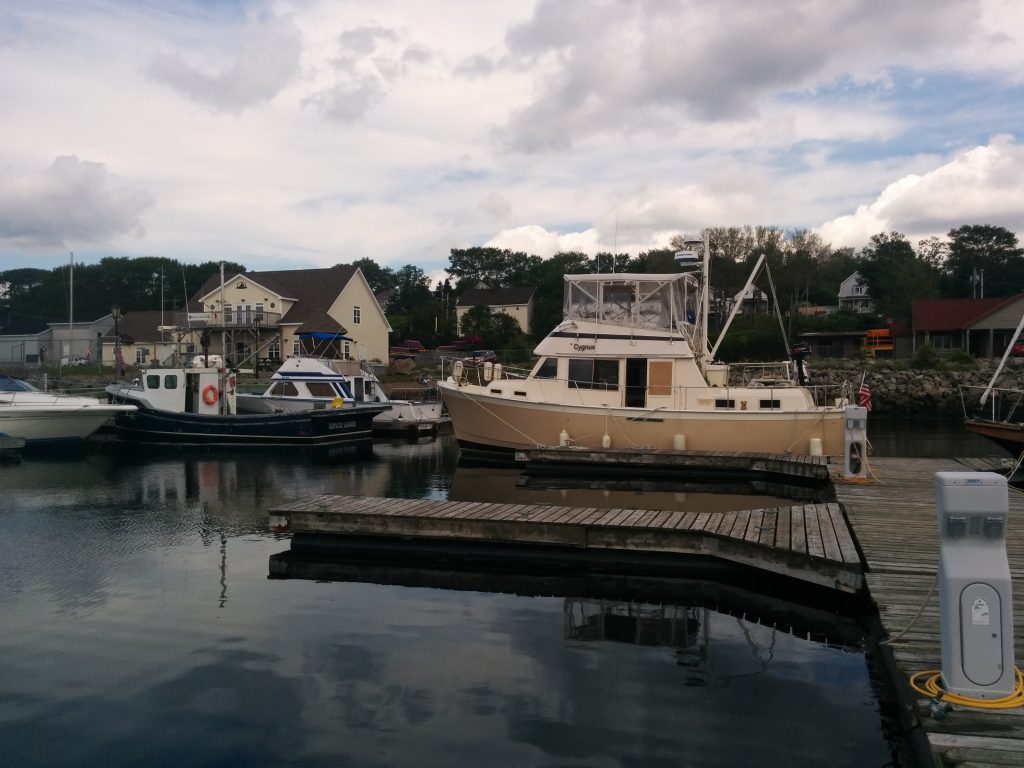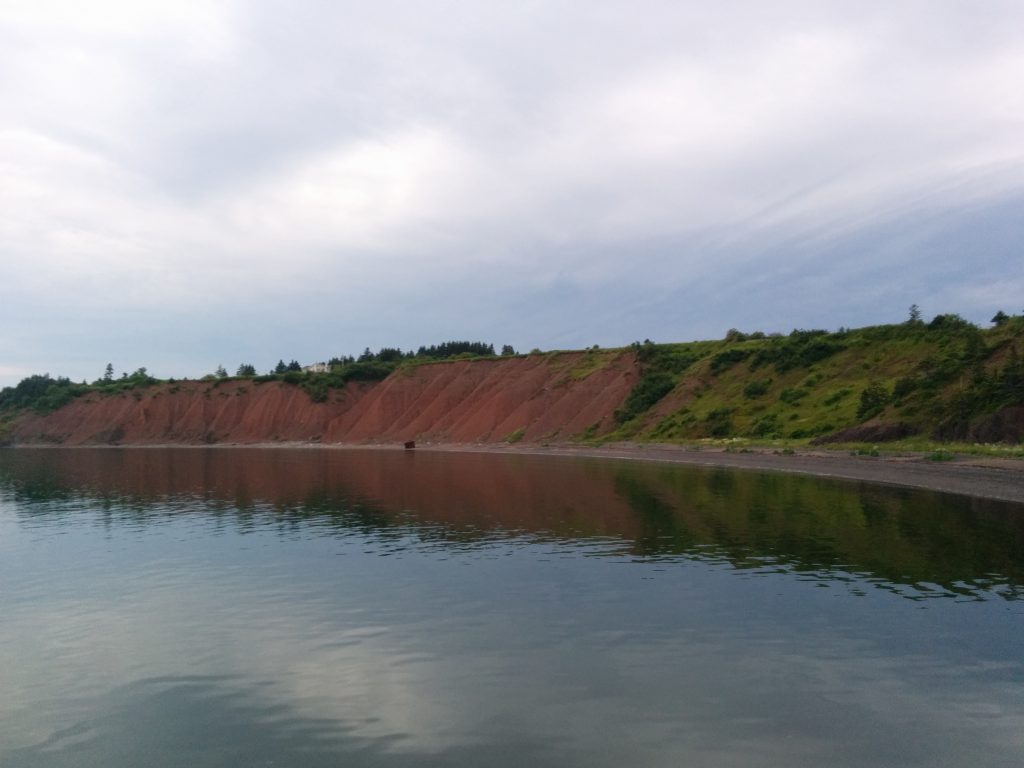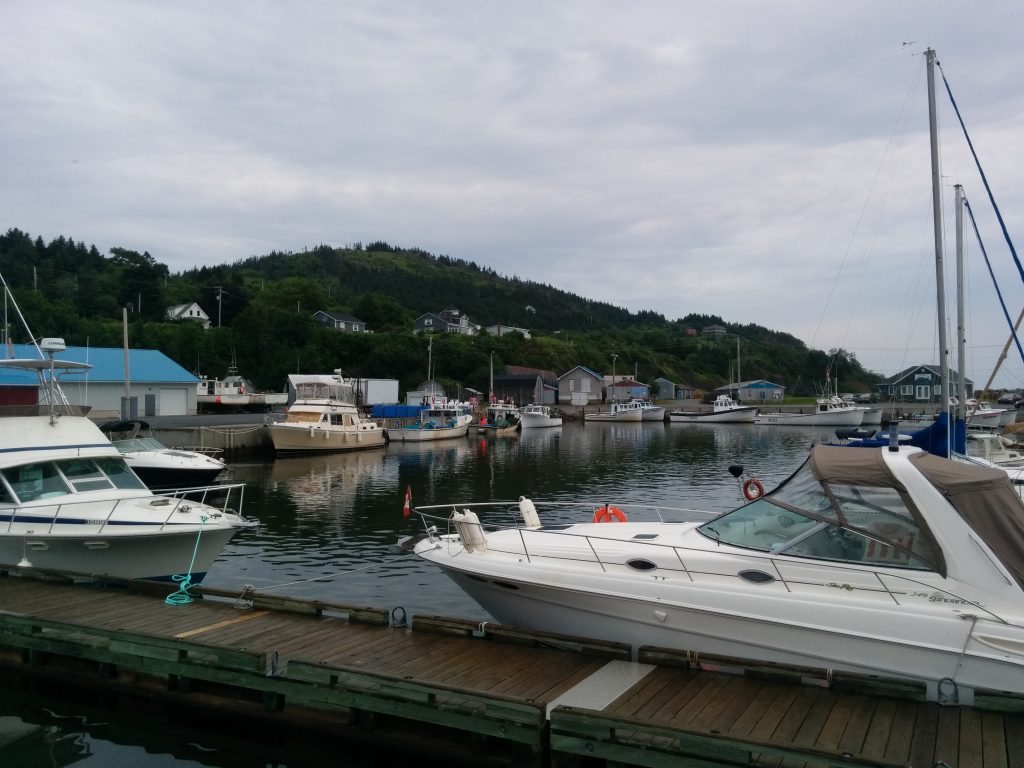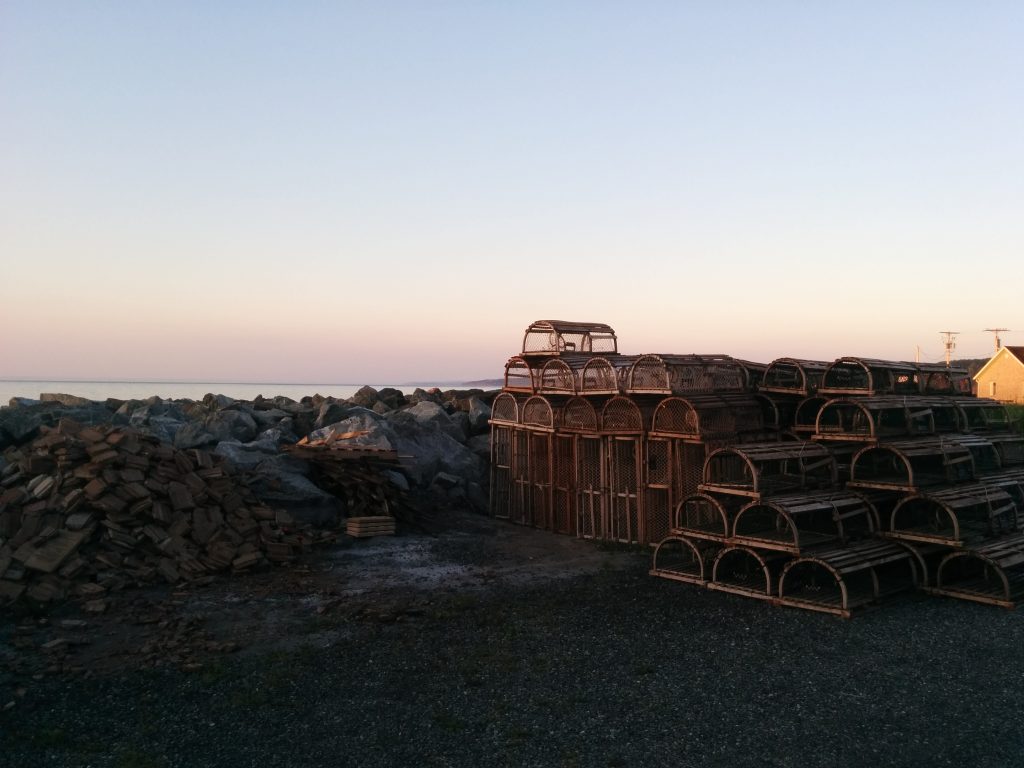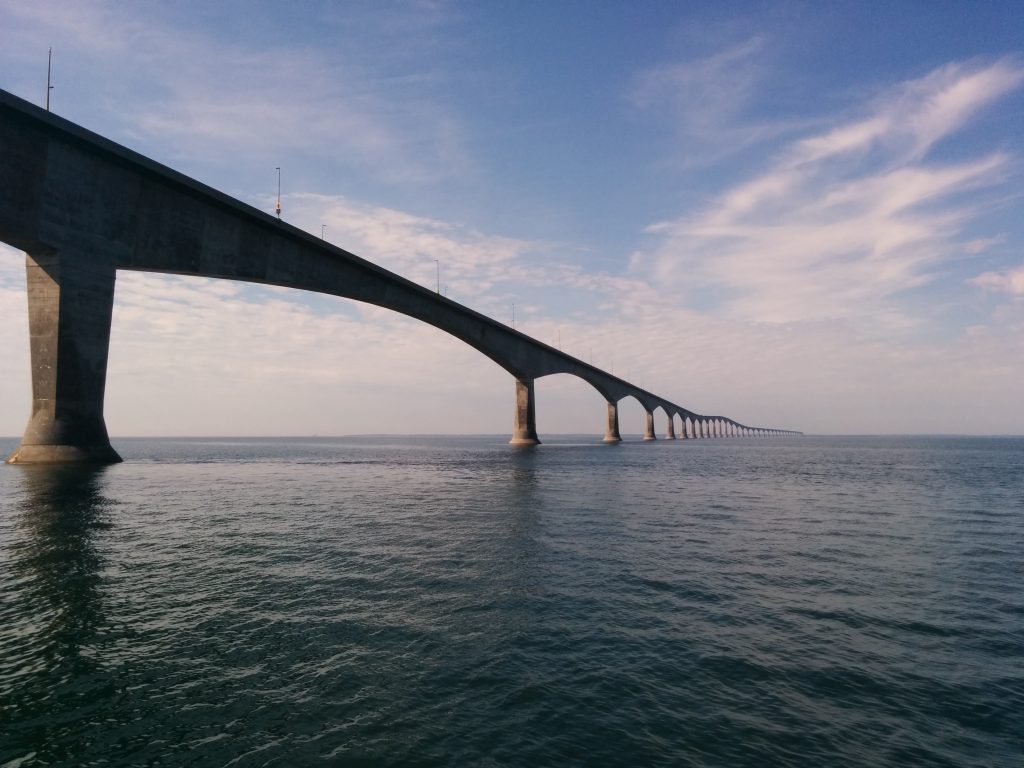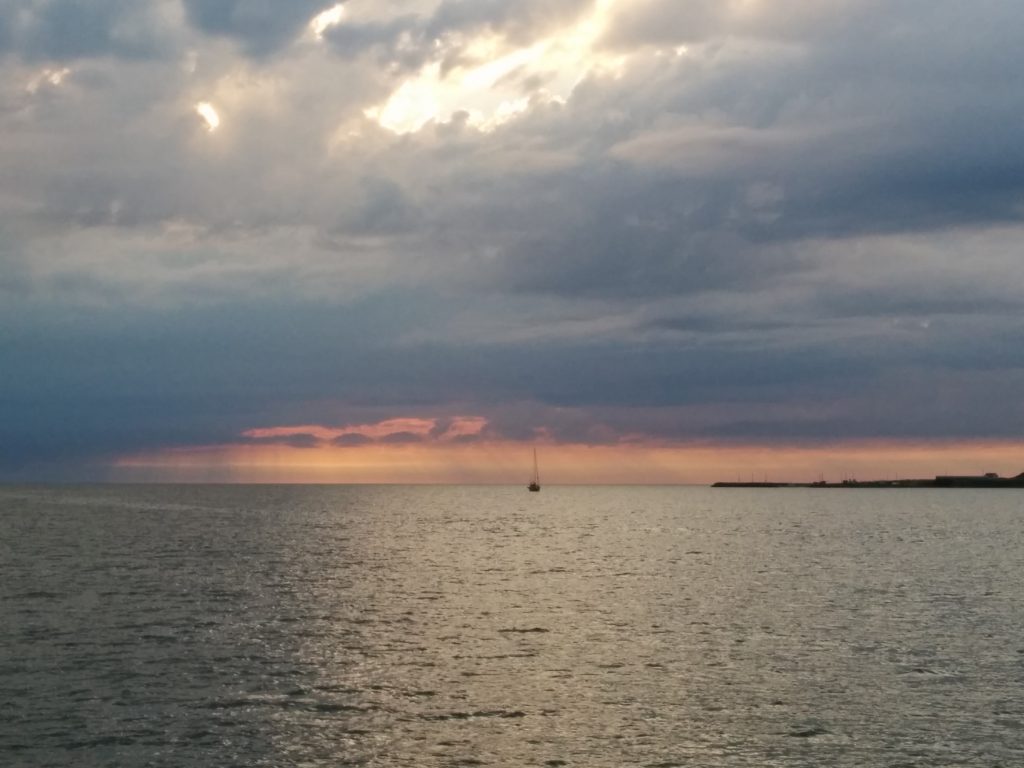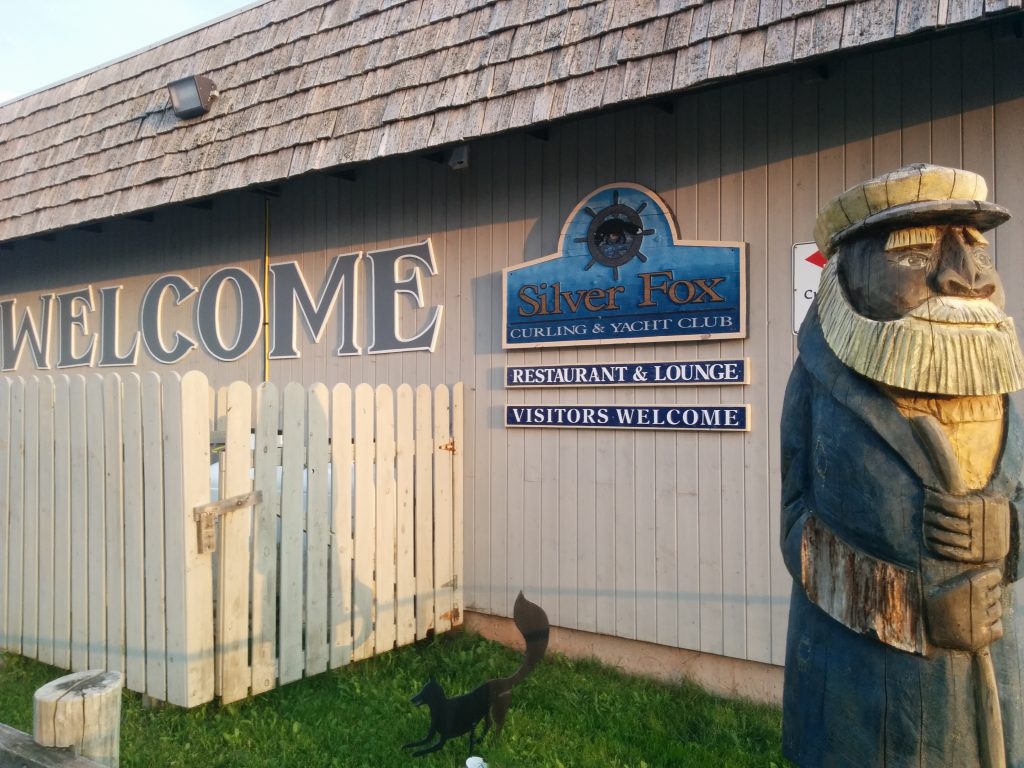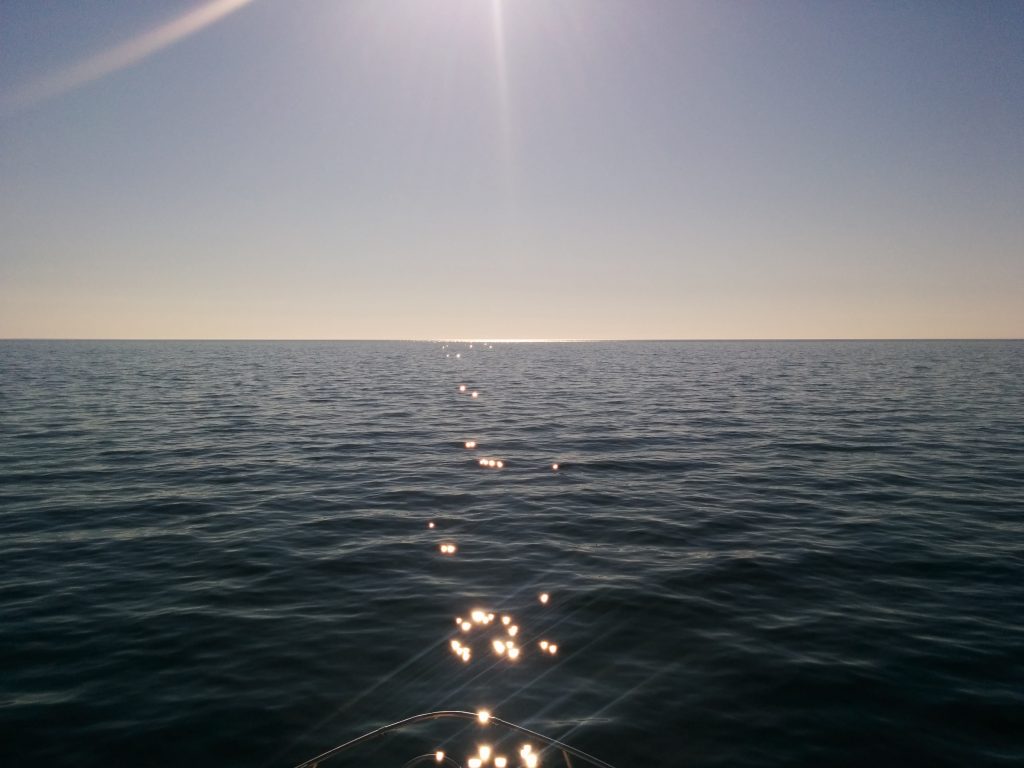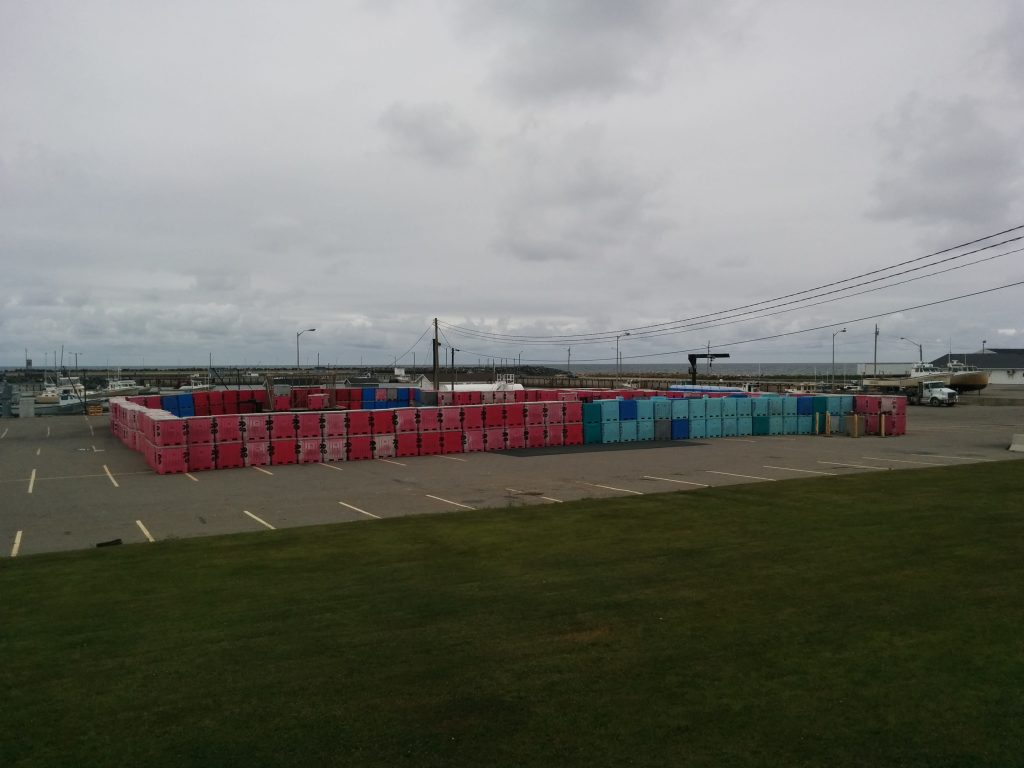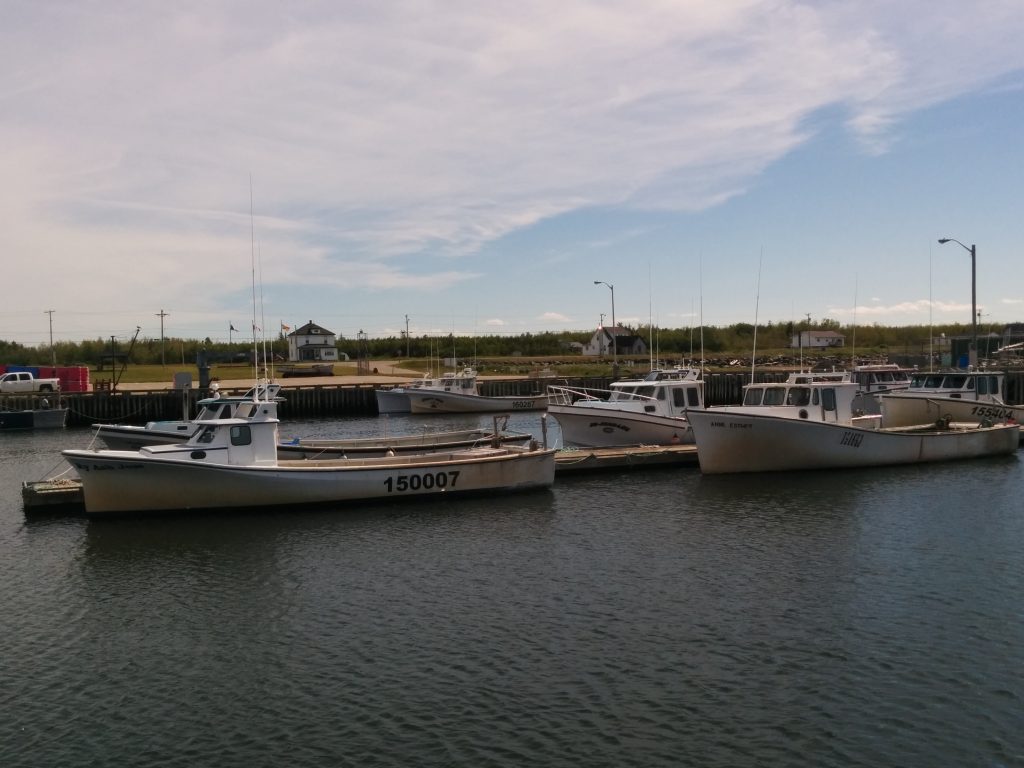Thursday, July 21st
Today we made even less progress than yesterday, but this was actually our plan. Much as we’d hoped to wake up to a flat calm day that allowed us to run the remaining distance to Halifax, the forecast didn’t support that dream.
A more realistic destination would be Liscomb Harbor, around 15 miles along our intended track (but 25 miles underway, counting travel in and out of the harbors.) There are several good options in Liscomb Harbor which would afford good protection should the weather continue to deteriorate over the next few days, as forecast.
We left early, with the winds still calm and the waters of the harbor flat. But out in the open Atlantic, the seas from yesterday’s blow had not yet abated. These conditions often lead to large, but long and gentle swells, which can be very comfortable to travel over.
Not today. The seas were short and choppy. Although most were probably in the 3 foot range, there were enough 4, 5 and even 6 footers that it quickly became apparent we wouldn’t be going any farther than Liscomb.
We made a wide turn into Liscomb Harbor, keeping the Southwesterly seas off our port bow for as long as possible before running the last couple of miles with the seas right on our beam, which makes for a very rolly ride.
Once in the lee of the land, things settled down nicely for a very picturesque ride up the river.
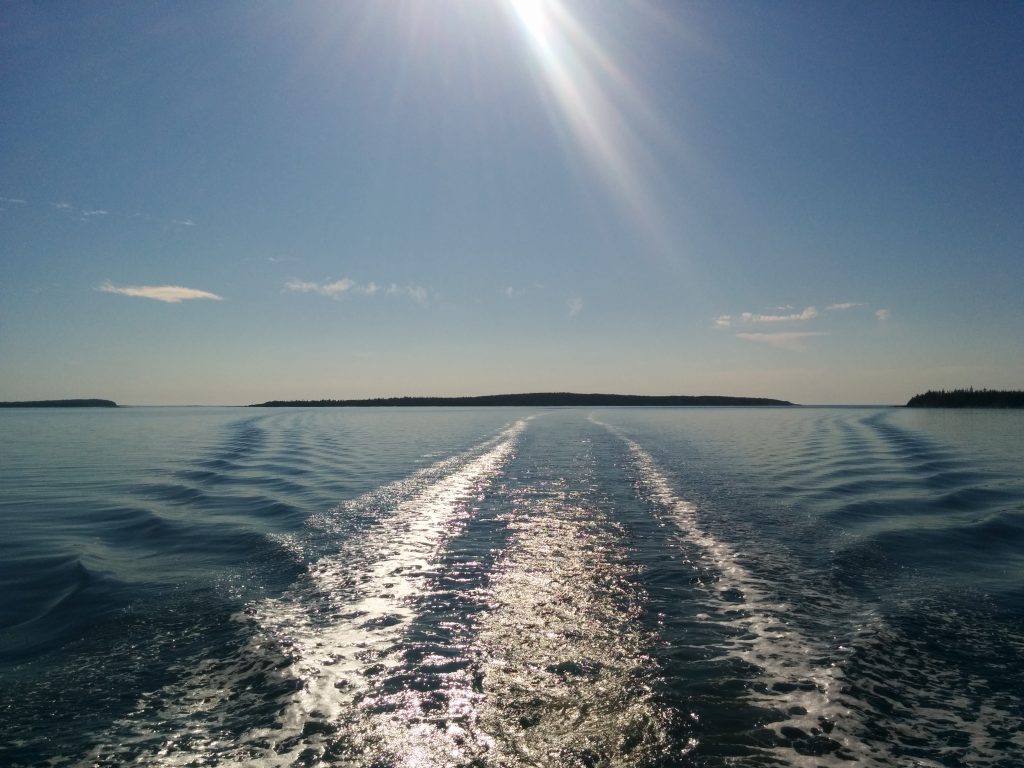
What a treat after the open ocean! Osprey flying overhead, the quiet, tree-lined water, the church steeple of the little town of Liscomb on our right, small coves and islands along the way. Did I mention CALM water?

We threaded our way up the increasingly narrow channel to the dock at Liscombe Lodge. (Yes, the lodge spells the name with an “e” but the town and harbor don’t. No clue why.)
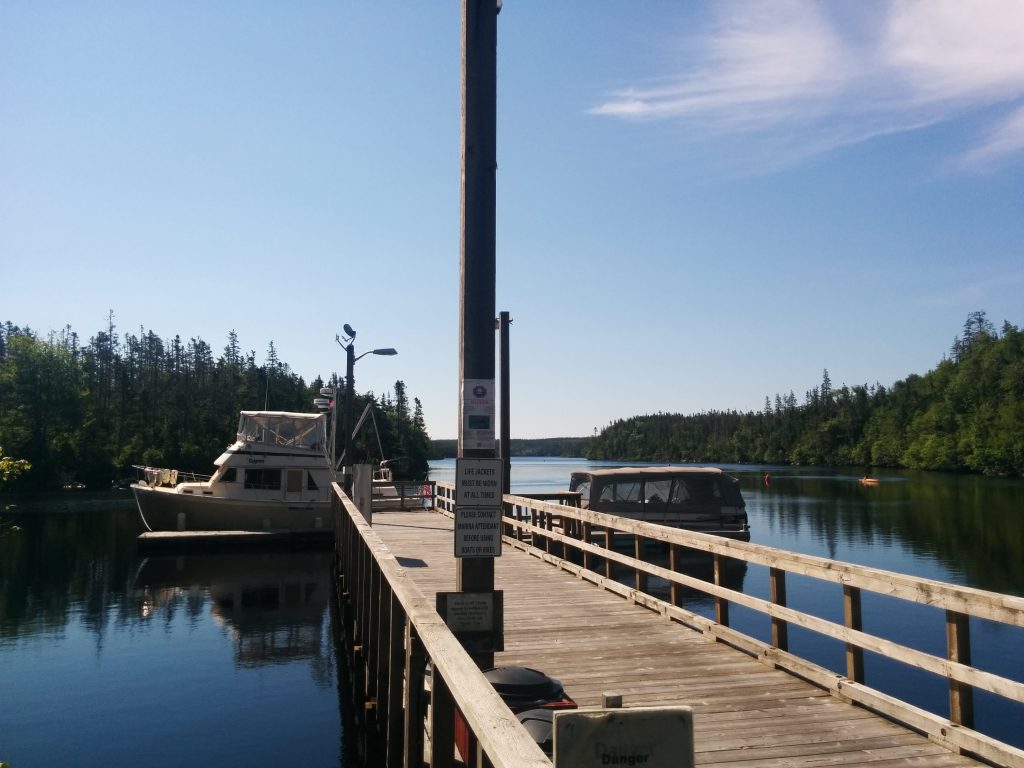
This place is a gem! For about the same price as tying up to the mackerel unloading wall at some fishing outport with no services, we’re at a full-service resort. Water and (reliable) electric at the dock. Free (reliable!) Wi-Fi. Pool, spa, gym, hot tub, nice restaurant, walking and hiking trails, free use of kayaks, bikes and even the dockmaster’s car if we need to go to town. And, even though we can feel the wind picking up already, it’s calm and protected way up here where the water is more fresh than salt.

If the forecast remains unpleasant starting tomorrow and through Saturday and Sunday, we have no intention of leaving here. We’ve set up a tab at the resort office, and Chester, the dockmaster, has assured us we can stay as long as we want. We just have to be out by October when they pull in the docks.
PS: There’s no cell service here. Text messages to my Canada number will be replied to when we return to civilization. Or text to the InReach.
- Miles traveled: 1615
- Engine Hours: 230.6

